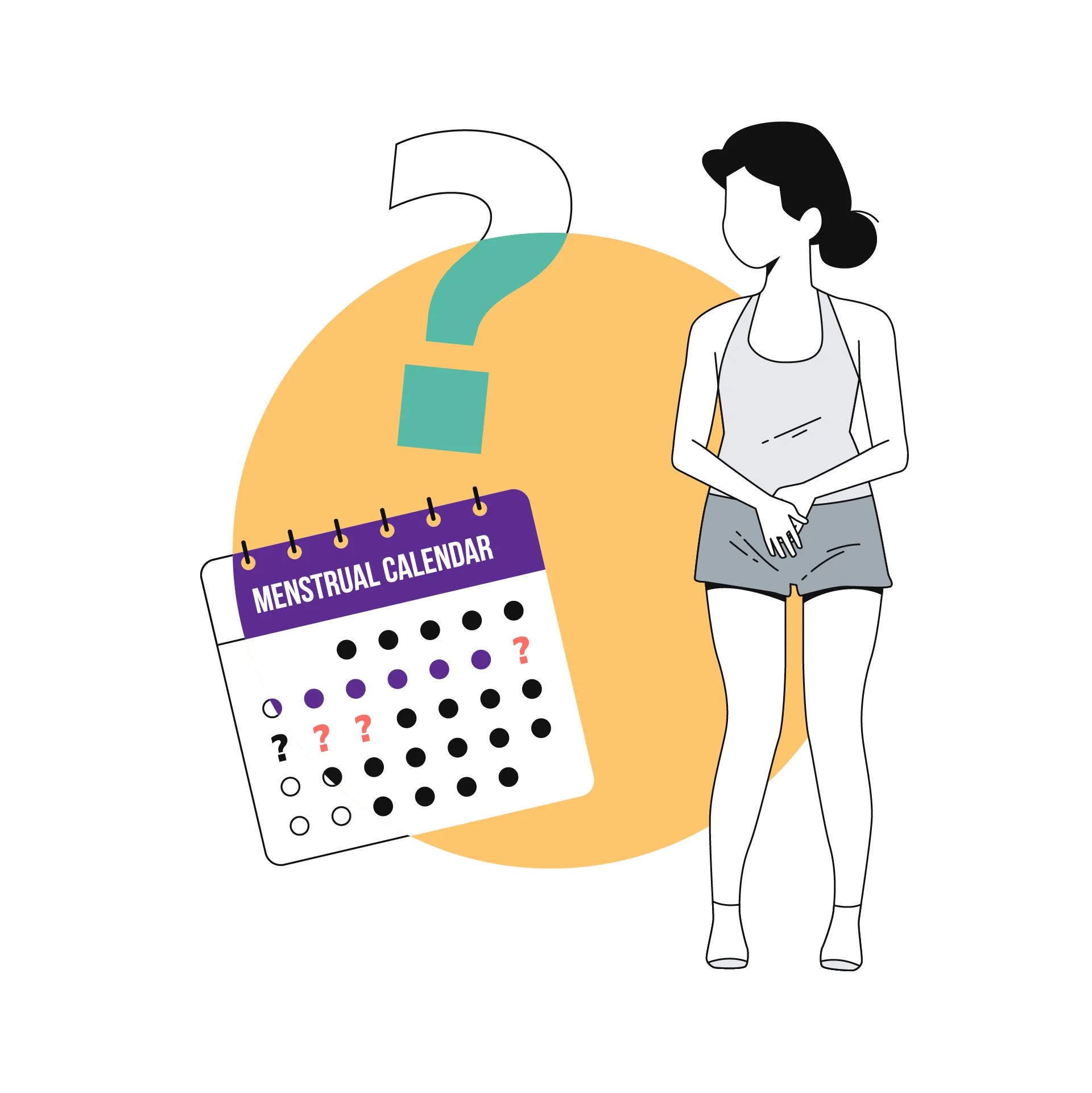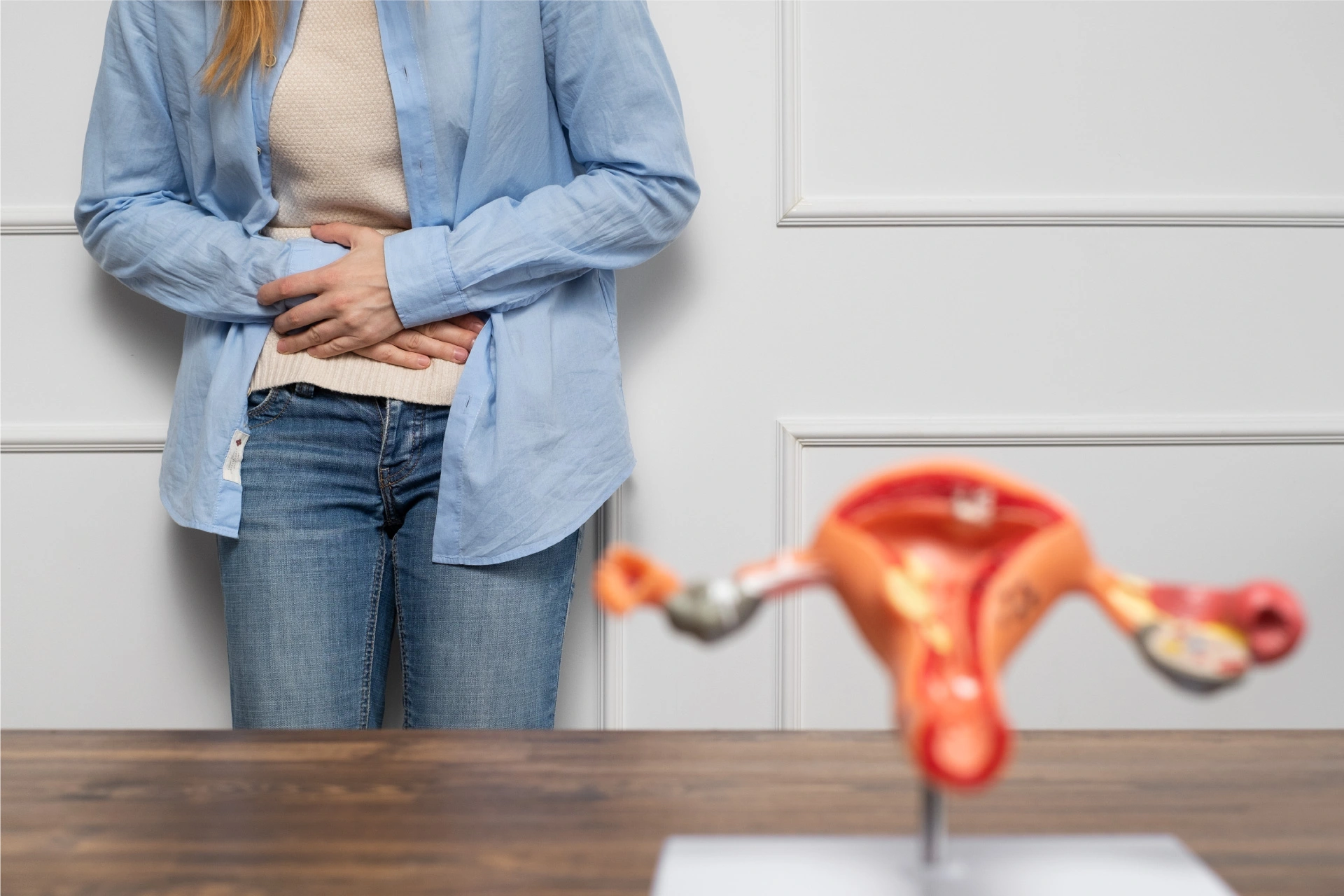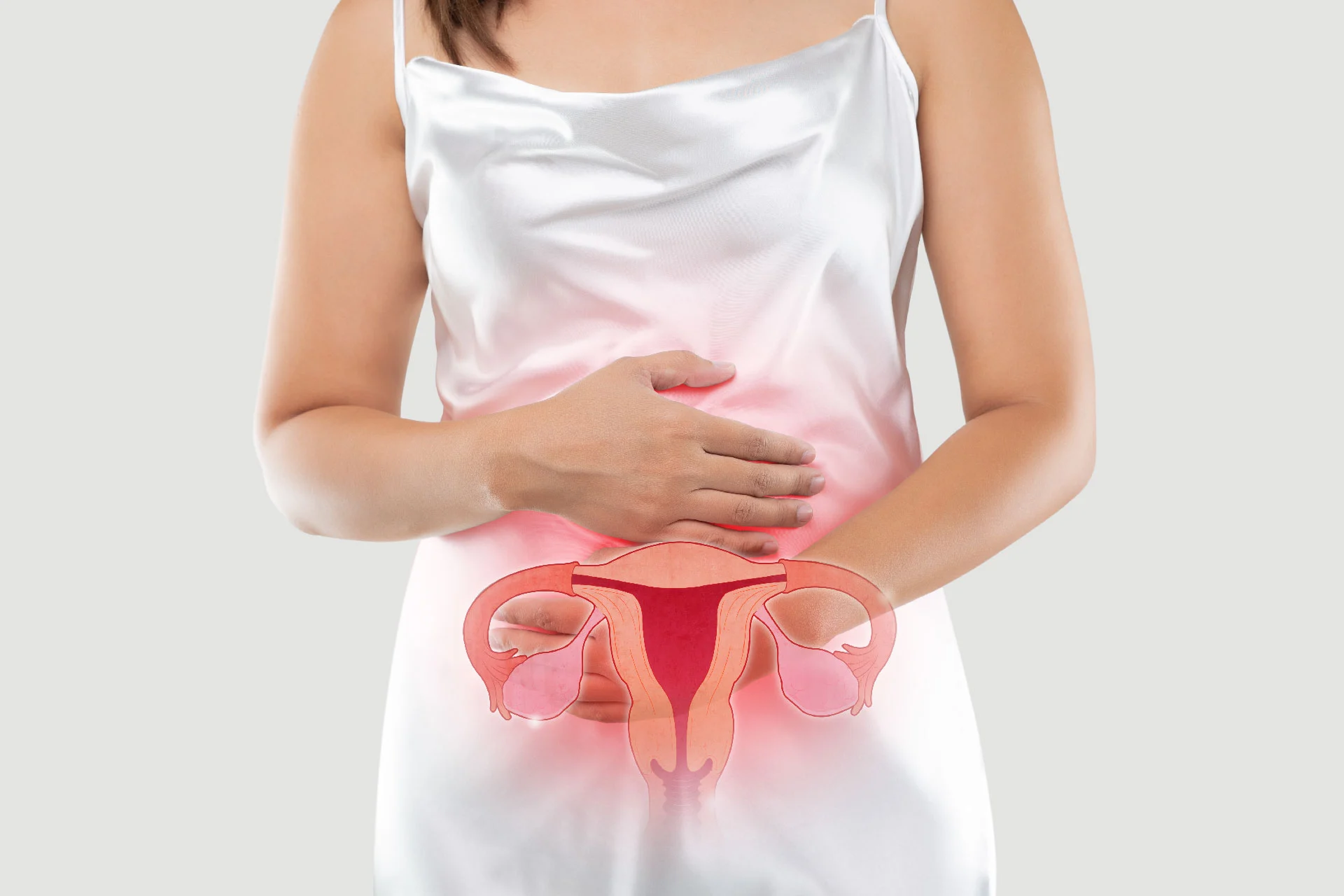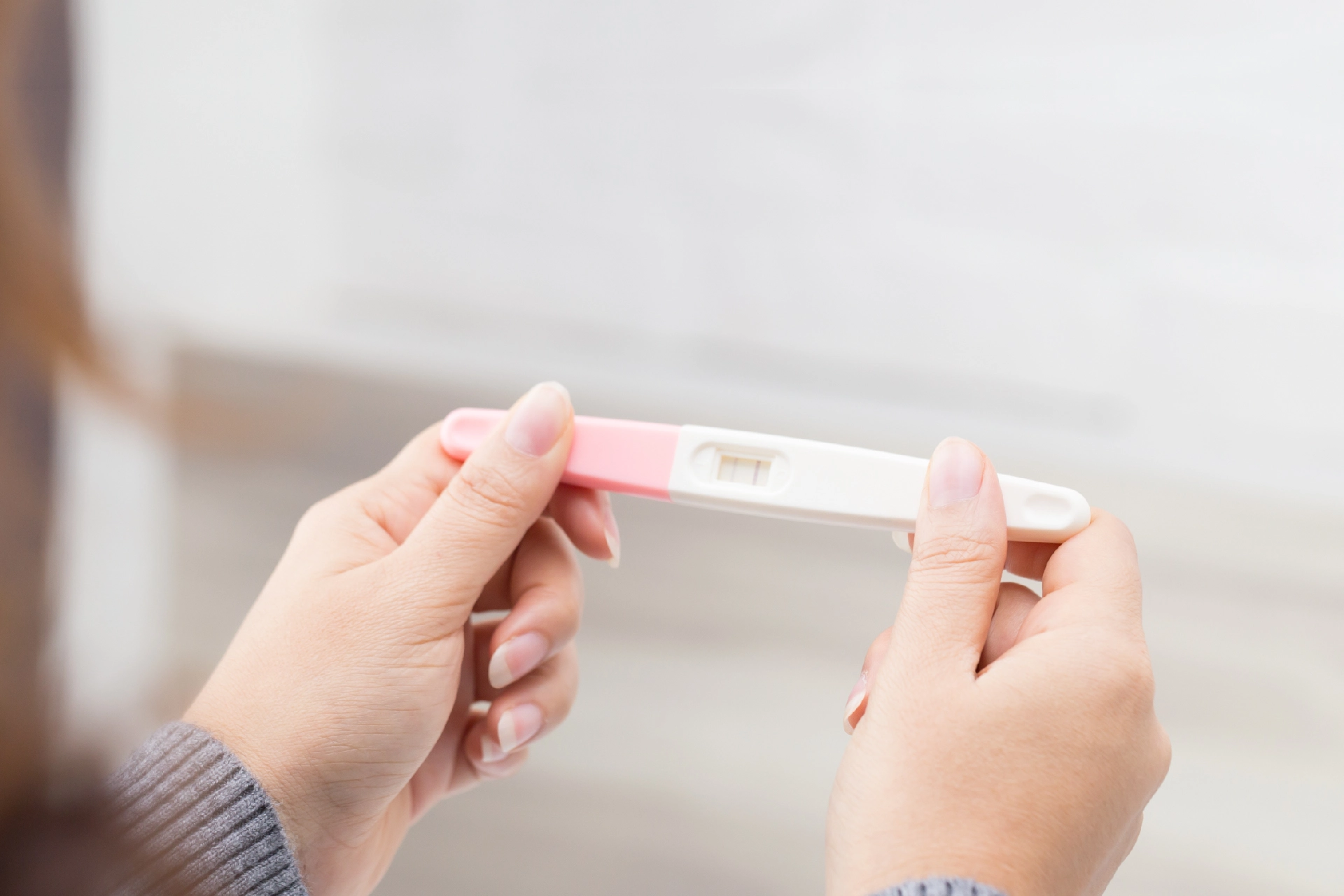Gynaecologist and Obstetrician | 5 min read
What is Amenorrhea: Definition, Symptoms, Diagnosis, Treatment
Medically reviewed by
Table of Content
Synopsis
What is Amenorrhea? It's a condition that affects menstruation. Amenorrhea causes include hormonal imbalance or structural problems in your sex organs. Learn more about amenorrhea symptoms like pelvic pain.
Key Takeaways
- There are two types of amenorrhea, primary and secondary
- Vaginal dryness and pelvic pain are common amenorrhea symptoms
- Amenorrhea treatment includes intake of birth control pills
Amenorrhea is a condition in which menstruation does not start during puberty or stops during the reproductive phase between 12 and 49 years of age [1]. While it is common for your periods to cease during pregnancy or at the onset of menopause, amenorrhea is completely different [2]. You cannot compare this condition to irregular periods. While it is not a disease, it is important to consult your gynecologist and discuss your concerns. Let's know more about what is Amenorrhea and ways to prevent it.
Two main types of amenorrhea
Primary amenorrhea
This is a condition in which you do not get periods during puberty. If your menstruation does not start by 16 years of age, it is a cause of concern. Consult a gynecologist immediately to address primary amenorrhea. While hormonal imbalance is a common cause of this type, anatomical issues may also contribute to primary amenorrhea.
Secondary amenorrhea
In this, you may miss your monthly cycles continuously for a period of three months or more. While you may have had regular period cycles in the past, this sudden stop needs to be addressed. One of the main causes of secondary amenorrhea is pregnancy. Even hormonal imbalance can contribute to this type of condition.
While the second type is more common, a study reveals the prevalence of environmental, genetic, and racial factors playing crucial roles in the development of primary amenorrhea [3]. One alarming fact here is that approximately 11.1% of girls in their adolescence have primary amenorrhea, as reported by a study. While timely treatment is vital, improving your bone density is equally important. Make sure to exercise regularly. Apart from that, eating foods rich in calcium plays a significant role in amenorrhea treatment [4].
To get more insight on its types, causes, and amenorrhea symptoms, read on.

Amenorrhea causes
There are many underlying reasons for this condition. Here are a few common amenorrhea causes.
- Unexplained loss of weight
- Uterus removal
- A problem with thyroid gland functioning
- Anatomical problems in your sex organs
- Poor nutrition
- Cysts in ovaries
- Intense exercising
- Obesity
- Cancer in your ovaries
- Conditions like PCOS
- Irregular functioning of your reproductive hormones
- Poor mental health
- Intake of antipsychotic medicines
While the above-mentioned causes are responsible for both of the amenorrhea types, a few other secondary amenorrheas cause also include:
- Pre-and post-menopausal phase
- Pregnancy stage
- Breastfeeding phase
Note: If you are taking birth control pills, you may experience irregularities in your periods.
Additional read: Menopause and PerimenopauseAmenorrhea symptoms
Though amenorrhea is not an autoimmune disease, it may indicate the presence of autoimmune conditions such as hypothyroidism or hyperthyroidism. This is because improper functioning of the thyroid gland is one of the main causes of this condition.
A few common symptoms you may experience in amenorrhea include:
- Pain in your pelvic regions
- Persistent headaches
- Presence of excess facial hair
- Changes in your vision
- Discharge of milk from nipples
- Dryness in your vagina
- Presence of acne
- Loss of hair

Amenorrhea diagnosis
Since it is not a disease, your gynecologist may first examine the reason for the absence of periods. In primary amenorrhea, where you have not got your periods even at 16 years of age, you may have to undergo the following tests.
- Test for determining TSH (stimulating thyroid hormone) levels
- Test for checking LH (luteinizing hormone) levels
- Test for assessing FSH (stimulating follicle hormone) levels
If required, your doctor may conduct a pelvic examination and enquire about your family history. In case your periods were regular before an abrupt stop (secondary amenorrhea), your gynecologist may assess the following factors:
- If you are pregnant
- If you are sexually active
- If you have lost or gained weight
- If your menstrual cycle is regular
- If you face heavy bleeding
On the basis of these criteria, you may have to undergo the following tests:
- Test to check the functioning of your ovaries
- Test to determine if you are pregnant
- Test to assess if your thyroid glands are working
- Test to check levels of your hormones
A few imaging tests that your doctor may prescribe include:
- Hysteroscopy
- Ultrasound scanning
- MRI scan
Amenorrhea treatment
Your doctor will recommend amenorrhea treatment based on the main reason for this condition. Taking birth control pills or treating hormonal imbalance may cure amenorrhea. In case it is caused due to autoimmune diseases like hyperthyroidism, you may have to take medicines for the same. If the disease is caused by an anatomical problem or the presence of tumors in your sex organs, you may have to undergo surgery.
By changing your lifestyle patterns, you may be able to treat amenorrhea. Hazardous living patterns like exercising too much or eating less food can lead to this condition. By working out a proper balance between these and giving proper rest to your body, amenorrhea treatment is possible.
Assessing your stress triggers and avoiding them is also an effective remedy for this condition. Make a note of your monthly cycle dates and consult a gynecologist immediately if you are facing any concerns. Intake of supplements like vitamin D and calcium for women’s bone health is essential. You may even have to undergo estrogen therapy to ease hot flashes and dryness in your vagina. By leading a healthy lifestyle and keeping your weight in control, it is possible to prevent secondary amenorrhea. Remember to visit your gynecologist regularly for a pelvic examination. Avoid stress and maintain regular sleeping patterns.
To get instant consultation services, you can reach out to experienced gynecologists on Bajaj Finserv Health. Book an online appointment and resolve your concerns from the comfort of your home. If you are searching for cost-effective health insurance plans, you can browse through the Aarogya Care range of plans on Bajaj Finserv Health’s website too. Choose a women's health insurance plan suitable for your medical requirements and nip all gynecological issues right in the bud!
References
- https://www.ncbi.nlm.nih.gov/books/NBK482168/#:~:text=In%20the%20US%2C%20amenorrhea%20affects,the%20early%20onset%20of%20menarche.
- https://www.nhp.gov.in/ihtibaas-e-tams-amenorrhoea_mtl
- https://www.sciencedirect.com/science/article/pii/S1028455917302498
- https://www.ncbi.nlm.nih.gov/books/NBK482168/#:~:text=In%20the%20US%2C%20amenorrhea%20affects,the%20early%20onset%20of%20menarche.
Disclaimer
Please note that this article is solely meant for informational purposes and Bajaj Finserv Health Limited (“BFHL”) does not shoulder any responsibility of the views/advice/information expressed/given by the writer/reviewer/originator. This article should not be considered as a substitute for any medical advice, diagnosis or treatment. Always consult with your trusted physician/qualified healthcare professional to evaluate your medical condition. The above article has been reviewed by a qualified doctor and BFHL is not responsible for any damages for any information or services provided by any third party.





